Cookie Settings
We use cookies to provide an optimal experience for you. Technically required cookies are used for making shopping possible, statistics are used for anonymized Google Analytics. You can read everything in our updated privacy policy.
Microarray-based analysis of peripheral blood has become an important factor in life science and clinical studies. Nevertheless, application of gene expression and also protein profiling in the lab and in clinical settings requires careful consideration of the influence of sample handling and thereby the RNA and Protein quality expression profile outcome.
RNA and protein profile of cells are not stable after collection of the blood sample. They are subject to conditions like time, stimulation by temperature and centrifugation which are visible as artifacts in your analysis.
For whole blood analysis this subject has been solved with the use of PAXgene® (PreAnalytix) Tempus® Blood RNA (Applied Biosystems) and other. This helps for global analysis. But what do you do when looking at a specific population? Current cell separation methods can take up to two hours and need multiple centrifugation steps and temperature shifts.
With the pluriBead Kits you can isolate specific cell types directly from whole blood. You can work at room temperature (and even at 37°C) without centrifugation and stabilize the RNA and proteins in less than 10 minutes. This will minimize the artifacts in your analysis.
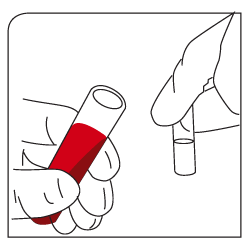
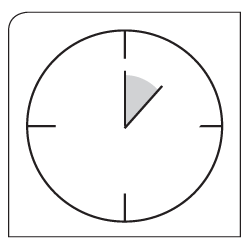
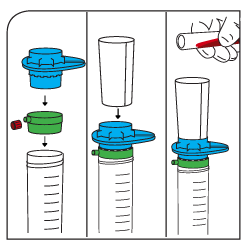
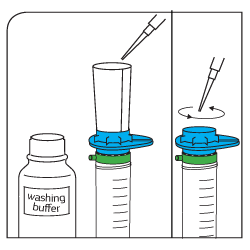
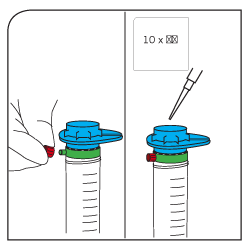 Close Luer-Lock and add lysis buffer
Close Luer-Lock and add lysis buffer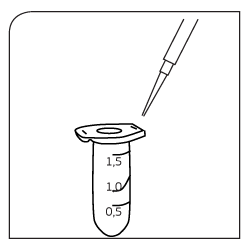 Transfer lysed cells onto fresh reaction tube
Transfer lysed cells onto fresh reaction tube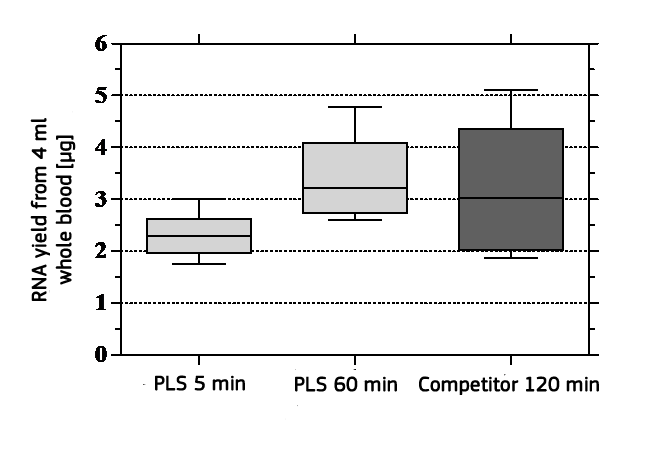
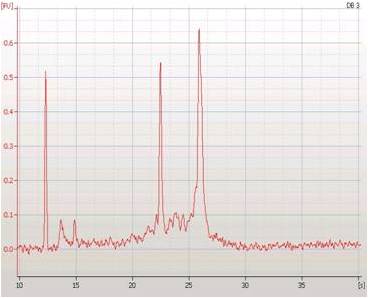
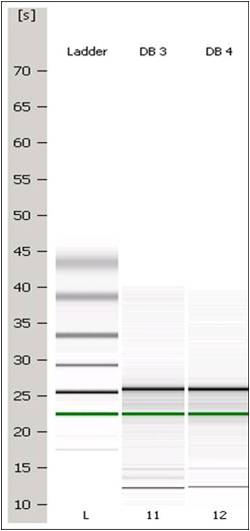
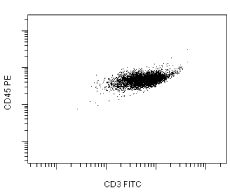
| Primary cells (1×107 cells) |
total RNA (µg) | mRNA (µg) | recommended pluriBeads 8ml whole blood | incubation time | ||
| platlets (CD9+) | 0.025 | - | 1 ml M-pluriBead | 4 min | ||
| granulocyte (CD15+) | 2 | 0.05 | 300µl M-pluriBead | 4 min | ||
| B cells (CD19+) | 10 | 0.4 | 300µl S-pluriBead | 10 min | ||
| Monocytes (CD14+) | 20 | 1.0 | 300µl S-pluriBead | 7 min | ||
| T cells (CD3+) | 18 | 1.0 | 300µl S-pluriBead | 7 min | ||
| T helper cells (CD4+) | 15 | 0.6 | 300µl S-pluriBead | 7 min | ||
| Cytotoxic T cells (CD8+) | 17 | 0.8 | 300µl S-pluriBead | 7 min |
We tested this protocol with following buffers: Trizol®, Qiagen RLT® buffer, Promega lysis buffer, Invitek cell lysis buffer, Ambion lysis buffer, PAXgene®, RNAlater®.
If you want to use your target cells for RNA expression analysis you don't need to detach them from the pluriBead particles. Simply add a suitable lysing buffer and follow the protocol for your downstream experiment.